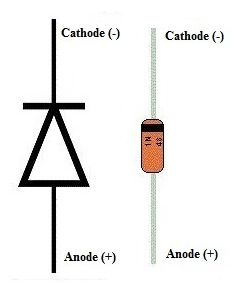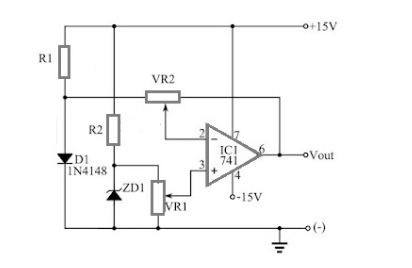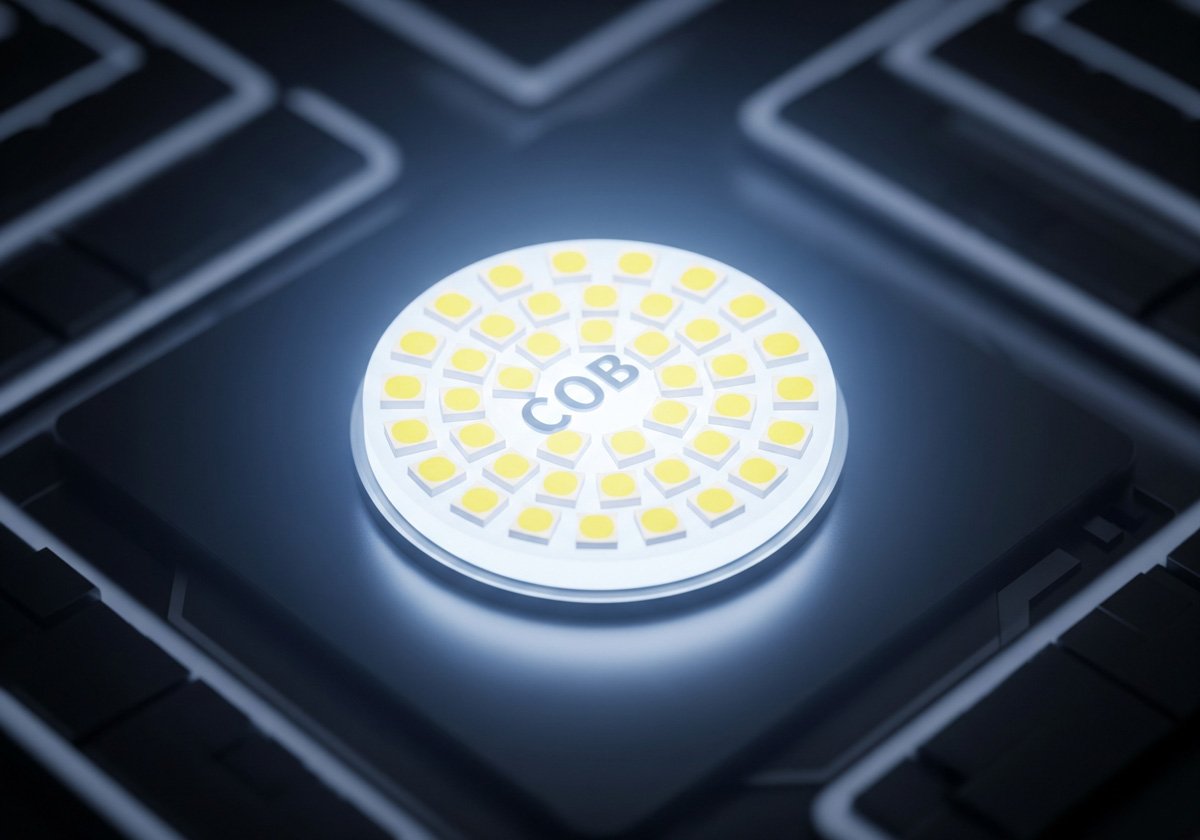As we all know, a diode is a two-terminal element that only allows current to flow in a single direction from anode to cathode. There are currently different types of diodes used for switching purposes in different applications, typical examples being 1N4007 diodes, 1N4148 diodes, etc.
Among them, the IN4148 diode has a maximum current carrying capacity of 300mA and can withstand currents up to 2A. The diode has a fast recovery time of 8ns at 10mA forward current, so the IN4148 diode is suitable where fast switching is required. In this article, we introduce the pin configuration, specification parameters, circuit application and other related content of the 1N4148 diode.
What is 1N4148 Diode?
The 1N4148 diode is a small, signal diode that is commonly used in electronic circuits to conduct electrical current in one direction while blocking it in the opposite direction. It is a popular choice due to its fast switching speed, high conductance, and low forward voltage drop. The 1N4148 diode is frequently used in applications such as voltage clamping, signal rectification, and signal mixing. It is also used in small-signal amplifiers, oscillators, and voltage regulators. The diode can be found in various electronic devices such as televisions, computers, and mobile phones. Its compact size and efficiency make it a valuable component in modern electronic circuits.
Pin Configuration of 1N4148 Diode
There are two pins on the 1N4148 diode:

- Pin1 (Anode): This pin allows current to flow.
- Pin2 (Cathode): Current comes from this pin.
How does 1N4148 Diode Work?
The 1N4148 Diode works like a signal diode, it allows current to flow in a single direction, from anode to cathode. Depending on how it is connected across the voltage source, a 1N414 diode has two modes of operation: Forward Biased and Reverse Biased.
Forward Bias Mode: In forward bias mode, it acts like a closed switch and allows current to flow through it. Reverse Bias Mode: In reverse bias mode, it works as an open switch and does not allow current to flow.
Below a specified voltage (cutoff voltage), the diode exhibits high resistance, and above that specific voltage, it exhibits low resistance.
1N4148 Diode Specification
| Attribute | Value |
|---|---|
| Packages offered | SMD and DO-35 |
| Maximum temperature range | -65°C to +175°C |
| Reverse recovery time | 8ns |
| Maximum power consumption | 5W |
| Maximum forward surge current | 2A |
| Reverse voltage | 75V |
| Maximum rectified current | 15A/150mA |
| Maximum repetitive reverse voltage | 100V |
1N4148 Diode Applied Circuit Example
In electronics projects, for long-term use of 1N4148 diodes, it is recommended to mark the cathode terminal of the diode so that it is connected on the correct polarity within the circuit. According to the specifications defined above, high voltage and current should not be supplied, and it needs to be operated and stored under temperature conditions of >-65°C and <+175°C.
The following figure is a temperature sensor circuit diagram using a 1N4148 diode, there are many electronic components with special functions to choose from. Among them, the 1N4148 diode is one of the components because it is a high speed diode with a current of 100V and 450mA and its switching speed is 4th.
In this circuit, a 1N4148 diode is used as a temperature sensor due to many characteristics that change with temperature.
The components required for this circuit are resistors 1.5K, 15k, variable resistors VR1 and VR2—10K, IC741, 1N4148 diode, ZD1—5.6v.

Obviously, it’s not the same as a sensor, but it can be very useful for some electronic circuits that are used in low precision and only need to recognize whether a component is cold or hot. The above circuit measures the temperature in an easy way with the help of a multimeter.
The circuit uses a 1N4148 diode, variable resistors such as VR1 and VR2 should both be adjusted with a thermometer, it is a more accurate measurement. On the multimeter scale, it can be evaluated by volts to the Celsius scale.
1N4148 Diode Equivalent and Replacement
1N914, IN914A, 1N914B, 1N916, 1N916A, 1N916B, 1N4148WS, 1N4448, 1N4448W, 1N4448WS.
1N4148 Diode Application
- AC to DC conversion
- Digital logic circuit
- General purpose and high speed switching
- Parts protection by blocking voltage spikes
- Rectification
- Signal filtering
- Block input voltage where it is not needed
- Power supply, voltage doubler and battery charger circuits
FAQ
Answer: No, the 1N4148 is not a Zener diode. Although it looks like a Zener diode, it is a normal diode. Zener diodes are mostly used as voltage regulators, while 1N4148 is used in fast switching applications.
The 1N4148 is a switching diode that provides fast switching (up to about 100MHz) and is widely used in low current applications. Due to its small size, low cost, and easy availability, it is now the most commonly used switching diode, replacing the previous 1N914 diode.
Conclusion
It is not difficult to see that the 1N4148 diode is a typical silicon switching signal diode and is one of the most famous and durable diodes due to its reliable specifications and relatively low cost. This diode is useful in switching applications up to 100 MHz with a reverse recovery time of less than 4ns.







